Back in mid-March, the majority of schools around the world closed down to in-person learning and moved to some form of distance learning. Because it happened with little advance notice, many schools did not have systems in place to transition over to digital learning. Over the course of a few weeks, schools tried to get devices into the homes of students who did not have a way to access online lessons. During this process, parents who were trying to navigate how to perform their own jobs virtually were also attempting to help their children figure out unfamiliar technology. For anyone who struggled with this, I have come up with some back to school tips for parents.
Life Before the Shutdown
Just before the shutdowns, when the handwriting was on the wall that it would only be a matter of time before we closed, I asked my students if they had a device at home capable of getting onto the internet. My entire class of fifth-graders said they did. Suspecting that some might not have internet access at home, I gave them a quick assignment to complete that night. Since we used Google for Education apps in school, they were familiar with how they worked. Some had completed optional assignments at home using the apps in the previous months. So I made a quick question in Google Classroom about their favorite foods and asked them to answer the question that night.
On the teacher side of Google Classroom, we can see when a student completes an assignment. By the next morning, I saw that only half had answered the question. We happened to have our regularly scheduled time slot in the Computer Lab that morning. I noticed that a bunch more students “snuck” onto Google Classroom then to answer the question. I realized that even though they claimed to have internet access at home, they either did not or could not figure out how to use Google Classroom at home.
The district in which I work had asked all the classroom teachers to prepare a packet of work with two weeks worth of assignments in it. We sent those home with our students before any decisions were made about closing so that they would at least have them in their possession if the decision was made over the weekend. As it turns out, the government officials closed all schools in our area as of that Sunday, so our students started working on those packets at that point.
Shut Down Shift
During those two weeks, teachers in my district began to be trained on the use of all of the Google for Education apps, including Google Classroom, Google Docs, Google Slides, Google Forms, and Jamboard. Most of the features were pretty intuitive to us as adults. But knew that the students would have a different learning curve. So as we started to roll out assignments through Google Classroom, we did the best we could to explain how to access the assignments, how to input their work, and how to turn it in. Some students picked it up right away. Others said they understood, but were not submitting work.
My co-teacher and I spent many hours calling our students to not only check in on how their families were doing but also to help them work through their technological issues. Being that they were all using their own personal devices, it was difficult for us to figure out how to help them work through how to find what they needed on their screens. Over time, we realized that things look very different on a desktop computer than they do on an iPad. We also discovered that some of the students were trying to do all of their work on a cell phone. This added a whole other layer of difficulty.
As time has passed, and the likelihood that students will at some point during the upcoming school year need to participate in distance learning, I realize that parents are looking for guidance on how to make this school year go more smoothly.
Moving Forward to the 2020-2021 School Year
Many school districts have obtained more devices over the summer. That way, each student will have his or her own device to use at home. This is critically important, as the students that showed the most success last year are the ones who had a device all to themselves. Due to budget restrictions though, some districts may only be distributing devices to families who do not have any computer at home. Internet access remains a problem in more remote areas. Therefore, some school districts will continue to rely upon paper packets and workbooks for remote instruction when the need arises.
No matter what model your child’s school will be using, there are some tips that I would like to share with you to help your child ease into the new school year.
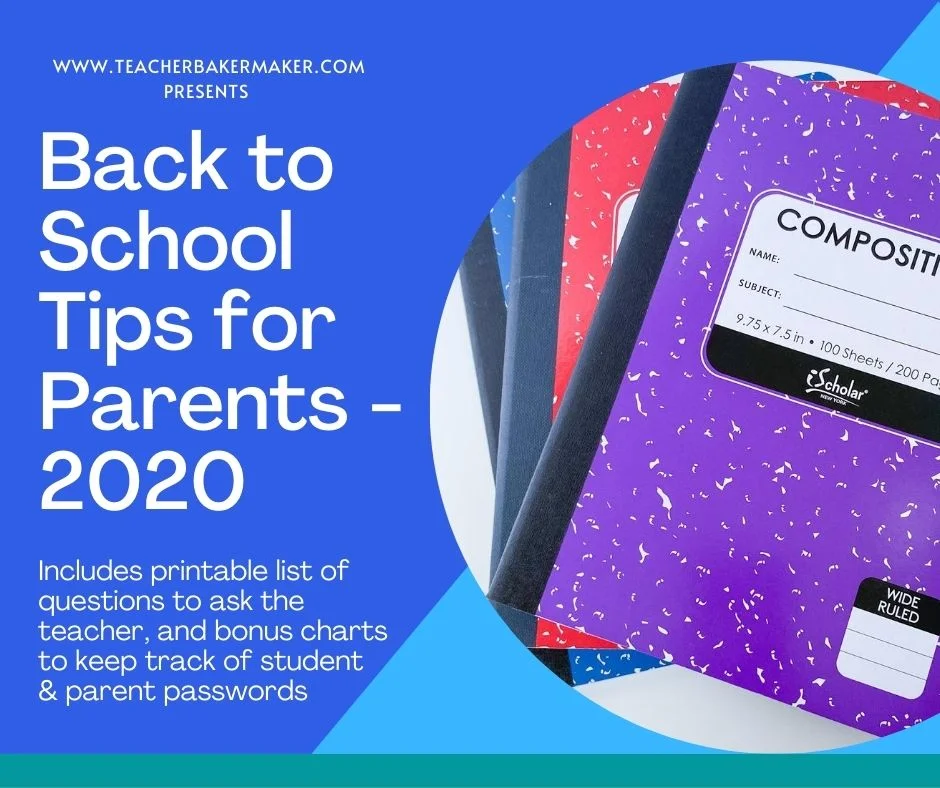
Back to School Tips for Parents
[My blog posts contain affiliate links. These don’t cost you anything, but they allow me to continue running this site and providing free content for my readers. Full disclosure here.]
1. Remain Positive About the “New Normal”
Children pick up on their parents’ moods and opinions easily. If a parent is upbeat and positive about a potential problem, the child will be more likely to have a good attitude as well. I have experienced students who would give up easily during math. Then, when I met with their parents, Mom and/or Dad would admit that they were never good at math and tell their children that they don’t understand the way we do math in class. Therefore, the child feels there is no point in trying to learn new strategies. This creates a self-fulfilling limit on that child’s opportunities down the road.
As school districts have been sharing their reopening plans, some parents have been vocal with their displeasure over some aspects. For example, many districts are requiring all students and staff members to wear masks in the classroom. I have heard some parents complain that they do not want their child to wear a mask as long as they are sitting six feet apart.
If a child picks up on this attitude, they will be more likely to push the limits and either pull their mask down or remove it altogether, in the classroom. Obviously, this would be putting others at risk. Because even if they are seated six feet apart, there will inevitably be children who need to get up to use the restroom. The teacher will still need to walk around the classroom. We all have to hold up our end of the social contract to keep each other safe.
Which brings us to . . .

2. Mask Tips
To help your child get used to the idea of wearing a mask, have them help pick out masks. There are a wide variety of masks available now. Even more important than the style or pattern is how it fits. A loose mask does not protect anyone if it keeps slipping below the nose. Ear loops that are too tight or bulky will become irritating. So it might take some experimentation to find the right mask to fit your child’s face. (Check out my post HERE to find out how to make a fabric mask fit more securely.)
Since your child’s classroom may not have air conditioning, masks that are 100% cotton will be more comfortable than masks that have polyester or spandex in them. A recent study has shown that neck gaiters are actually more dangerous than not wearing a mask. The stretchy fabric breaks down droplets into even smaller particles, which then linger longer in the air. That same study also showed that masks with the round plastic valves in them defeat the purpose. The valve allows germs to be exhaled right through the mask and into the air. For more details on this study, see this article.
It would also be helpful to purchase at least five masks for your child. They should be washed after wearing for a day. You should also send a backup mask in a zippered baggie in your child’s backpack. That way, if the one they wear to school gets wet, they can switch it out. Try to get masks in different colors or styles for each day of the week so that your child does not end up wearing the same mask for several days without washing. I have seen some people buy two plastic pencil cases (like the ones shown below), and label one for clean masks and one for dirty masks. That way, your child can switch out their masks midday, and keep the “dirty” mask away from everything else in their backpack.
3. Lunchtime
Another consideration involves lunchtime. Regardless of whether the students will eat at their desks, in the cafeteria, or on a picnic table outside, they will need to take off their masks. If they put it face down on the table, and then put it back on after lunch, they will now be breathing in whatever germs were on the table. Gross, right?
To prevent this, put a paper bag inside your child’s lunch box. That way they can store their mask in the bag while they eat. I have seen parents (and teachers) buy round, zippered earbud cases in which to stash the masks. However, in order to put the mask in these cases, they need to be folded. That means your child will be touching all the surfaces of the mask with their hands, and then most likely eating with their hands immediately afterward without washing their hands. This is definitely not good either. These small cases should only be used for clean masks, to avoid cross-contamination.
Another alternative I have seen is to use a mask lanyard. I have heard reports that some schools are adding these to the school supply lists. These are along the same lines as eyeglass chains, in that they remain attached to the mask throughout the day. They should be long enough to allow the mask to rest on your child’s chest when the mask is not in use. It should not be so long that the mask would end up rubbing against the table. Show your child how to let the mask hang so that the outer side faces out, so that if they do rub up against the table, they do not put that side right against their face when lunch is over. Or, your child can rotate the entire chain so that the mask hangs down the back while eating.
Check out my tutorial on how to make a beaded, washable mask lanyard.
One issue to think about in regards to lunch is the type of food in the lunchbox. Just try eating a peanut butter sandwich and then putting your mask back on. Chances are, after a few minutes you will regret your lunch choice! The same thing goes with spicy foods. This is another reason why having a second mask can come in handy. In any event, you might want to include a breath mint in your child’s lunchbox or backpack, just in case!
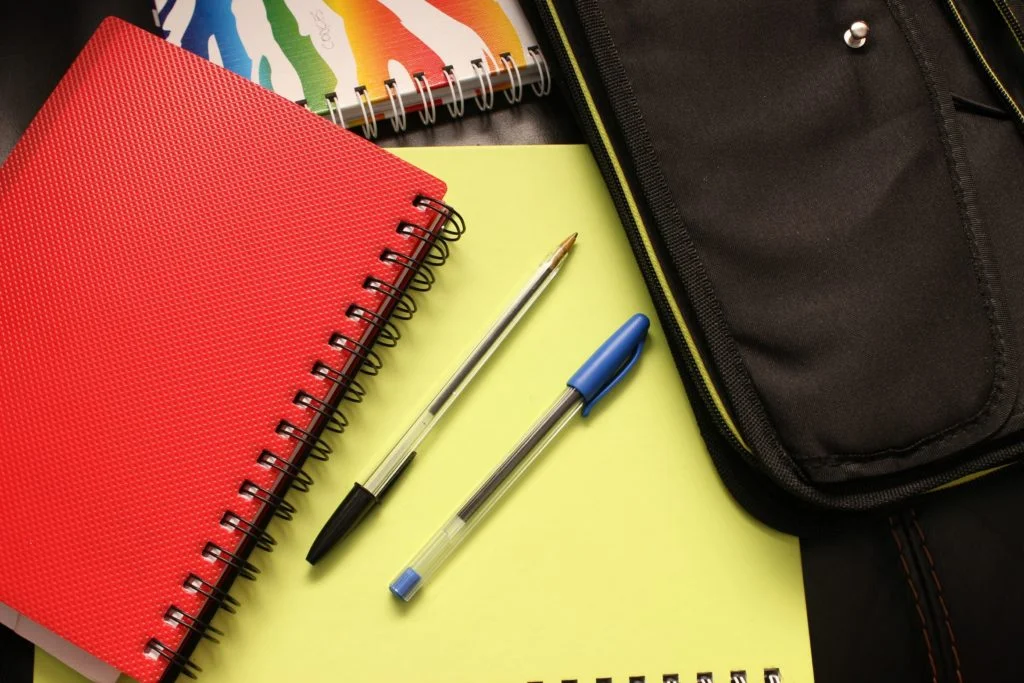
4. School Supplies
Many schools publish a school supply list for each grade level on their website. That way, you can get the supplies over the summer. It is possible that individual teachers may then have a few additional items that they will add to that list. But for the most part, the generic grade-level lists will have the majority of the items you need.
It used to be that the best sale prices happened during the first week of school. However, that has not been the case for several years. Instead, stores have been running sales on some of the most popular items as soon as they stock the shelves, which is usually about a week after the previous school year ends! No one is thinking of school at that point, but stores want to move merchandise, so they run specials. As the summer goes on, there are fewer specials.
Also, some of the basic items, like folders and marble composition notebooks, sell out completely before the school year begins. Do not wait around thinking you are going to score a better deal on the first day of school. I have found that students who do not come to school on the first day with any school supplies end up never being able to find everything they need when they attempt to go shopping after that first day.
One resource I love is The Krazy Coupon Lady’s Back to School Guide. They update this frequently throughout the summer and the first few weeks of school. They describe which stores have the best prices, as well as where to find coupons and rebate offers on school supplies. This is a must-have guide for any family with school-aged children.
School supplies tend to go on clearance about a week after school begins. By that point, the essential items are typically sold out completely. You will only see the “decorative” items that were not on school supply lists. However, this is a good time to stock up on supplies that are timeless, such as pencils, crayons, and stretchy book covers. (Pro Tip: Only buy the jumbo stretchy book covers. Anything smaller than that will not fit a typical textbook.)
5. Don’t Overbuy
The opposite of the procrastinating school supply shopper is the student who shows up the first day with a backpack overflowing with supplies that the teacher did not ask for. If a teacher asked students to bring in a pack of 12 crayons, and a child arrives with the 64 pack, they are being set up for disappointment. Student desks do not have that much room in them. The teacher could very well end up sending those supplies home since there is no place to fit them. Three-ring binders take up a tremendous amount of room in the desk. That is why most elementary teachers ask for composition notebooks instead.
6. Label Everything
Use a permanent marker to put your child’s name on EVERYTHING. This year, more than ever, supplies will not be shared amongst a group of children. There will not be any “communal” baskets of markers. However, do not write down the names of subjects on any notebooks or folders. The teacher will have specific categories that he or she will want every student to have to make it easier for them to locate the right item quickly. A significant amount of time is wasted helping children find what they need when they do not have folders or notebooks labeled with the same categories as everyone else.
Another advance chore that will be appreciated by teachers is to label each and every pencil and marker with your child’s name or initials. I know, this sounds incredibly OCD. The first time I saw a child whose mother had put her initials on every single one of her pencils, I thought it was excessive. But, let me tell you, when you find pencils on the floor, no one admits it is theirs. Yet two minutes later, someone will be saying they can’t find anything to write with. Since supplies cannot be shared this year, students cannot just loan a pencil to a friend anymore. It is a sad reality, but it the reality that we will have to live with.
7. Setting Up a Distance “Classroom”
Even if your child is starting the school year learning in person, there is a strong chance that his or her class will need to stay home in quarantine at some point, or that the entire school will be shut down again. Therefore, it would beneficial to set up a classroom space in your home, even if it is just a place to do homework. Children need a dedicated space to themselves in order to give them structure, and a place to organize their materials.
Ideally, a child’s workspace should be in a quiet area of the home, and not in an open area such as the dining room or at the kitchen table. There are too many distractions in these shared spaces, whether it be a younger sibling watching television a few feet away, or the temptation to keep getting up to get a snack out of the refrigerator.
If buying a desk is out of your budget, consider some more reasonably priced alternatives that could do double duty. For instance, the Ikea Linmon tabletop with four Krille legs with casters has ample space to fit a laptop, books, pencil holder, and even some desktop file trays, all for less than $70 (USD)! I have the 39 3/8″ x 23 5/8 inch version in my home office (see photos below). I love the fact that I can wheel the table out of the way when not in use. Also, these casters can be locked in place. So if your child has a tendency to fidget, the table won’t move with them.


Ikea also sells the Linnmon tabletop in a 47 1/4 inch wide version, and a 59-inch wide version. So if you have two or three children learning from home, these larger options might be ideal for your needs. Each size comes in a dark brown option, and the two larger sizes also come in kelly green and black. There are many different options for legs, trestles, and drawer units that can be used for even more decorating options.
If you want to save even more money, you can get legs without casters. If you get the Adils legs, the entire setup with the tabletop is under $30! These tables are also perfect to use when company comes over by just throwing a tablecloth on top. I love multi-functional items!
When picking a location for your child’s workstation, be aware of what will be visible behind your child when the video camera is on. Ideally, they should be positioned so that other people will not be walking behind them. There were problems last spring when family members did or said something inappropriate while a child was in a live class, and all their classmates witnessed it. (Another reason for not having the workstation in the middle of the kitchen!)
Keep in mind that the other children in the class will be able to see what is in the room. So avoid anything distracting in the background. Disco lights or piles of laundry will become the center of attention rather than the math lesson. Reportedly, classmates have teased a child for what was visible in the background. Other children felt embarrassed when they felt that their own homes were not as nice as those of the other students.
If your child’s school uses Zoom for live meetings, there are options to chose a virtual background. Google Meet will also be offering this option this fall. Google Meet will also have a “blur background” feature which will be the least distracting option.
8. Attend the “Meet the Teacher” Night
Whether your school calls it Meet the Teacher, Back to School Night, or Open House, clear your calendar to attend the session for each of your children. This school year will be like no other before it. Just because you have an older child who was in third grade two years ago does not mean your younger child’s third-grade class will be the same. Your child’s teachers will be providing you with detailed information about how the school day is structured, what technology they will be using both in class and in the event of distance learning, and give you tips on how much assistance you should be giving your child.
Save any handouts given to you at this meeting. They will likely come in handy when your child is not sure of what website to go to to do their math homework or thinks that they somehow deleted all their work.
One important detail to find out is how your child’s teacher runs extra help sessions. Is it by invitation only, or is it open to everyone? If it is by invitation only, and your child is struggling with a particular concept, would the teacher like to be contacted by email to discuss having your child invited? Is there a set day and time?
I have created a printable list of questions to ask your child’s teacher at the beginning of the school year. To get your free copy, fill out your information below. Keep reading below for more tips!
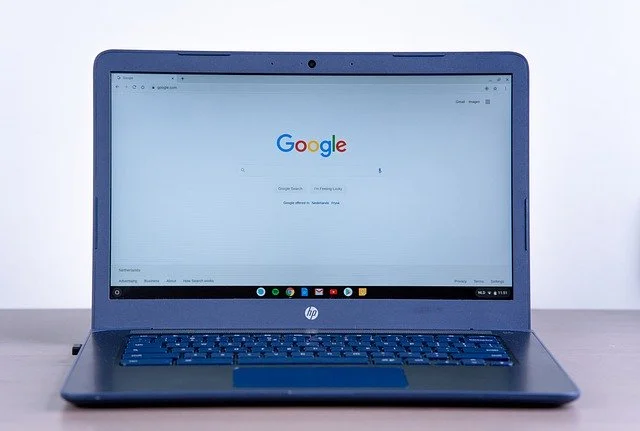
9. Familiarize Yourself with the Technology
One of the main frustrations parents had last spring was that they were not familiar with the technology and platforms that their children needed to use. Many schools use Google Classroom as the “hub” that students need to go through to get their assignments. Other platforms include Seesaw, Schoology, and Canvas.
Each of these platforms allows a teacher to customize how they organize the materials in their online classes. Typically, assignments are set up with due dates that the student can see on the calendar.
Google Classroom offers a feature in which parents can receive either a daily or weekly email report. It lists all of their child’s overdue and upcoming assignments. I strongly recommend signing up for this email service if your child’s teacher offers it. The feature is not that obvious on the teacher’s side of Google Classroom, so many teachers are not aware of this option. Therefore, if you are not invited to receive these emails within the first month of the school year, I would suggest contacting the teacher and asking them to invite you. (If they are not sure how, tell them to click on the “People” tab. Then scroll down to your child’s name, and click on the option to invite you.)
Google just released a series of short videos for parents to explain the different Google apps. Make sure to check them out HERE. They have also created a list of Frequently Asked Questions about Google Classroom and related apps.
For parents of children who use the Schoology platform, check out this site for tips.
If your child uses the Seesaw platform, visit this site to learn how to sign up using a code provided by the teacher.
For the Canvas learning management system, check out this guide for parents.
Please note that if your child is using a device not provided by the school, you will need to download and install all of the apps that the teacher will be using with the class. For instance, in addition to Google Classroom, your child will most likely need Google Docs, Google Slides, and Google Forms. These are all free apps. The teacher will also let you know of any recommended Chrome Extensions that will be needed during live meetings.
Typically, your school district will provide links on the district’s website with information about which platforms are used for each grade level. Many schools create video tutorials for parents about how to navigate the different apps and websites that the students use. In addition, many teachers create video tutorials that remain posted in a “Materials” or “Resources” section of the platform. It is definitely worthwhile to take the time to watch those videos.
If your child’s Chromebook seems to be loading slowly, or if there are glitches during a Google Meet, check out my tips on how to fix a Chromebook.

10. Keep Your Contact Info Updated
Now more than ever, it is crucially important for the school to have multiple ways to reach you. Many times, the school nurse hits dead ends when trying to reach a parent to pick up a sick child, because all of the phone numbers on file go to voice mail, or are no longer working numbers. With the increased infection control protocols, it is absolutely necessary for someone to be able to pick up a sick child quickly. Develop a network of relatives, neighbors, or friends who are available during the day to pick up your child if you work far away.
Also, provide the teachers with the emails of both parents. Make sure these are emails that you check at least once per day. I had situations where I sent multiple emails about upcoming special events, only to have some families not show up since they never opened the emails.
Ask your child’s teacher which methods of communication he or she uses for general notices. For instance, some schools use apps such as Class Dojo or Remind to send out group messages. Others use email or text messaging. If the teacher uses an app, make sure to install that app and check it daily.
11. Allow Your Child to Work Independently
Whether your child will be attending in-person classes or learning from home, it is very important for them to submit their own work, as opposed to work that has been revised and edited by a parent. It is okay if your child’s handwriting is not perfect. I would much rather read a written response that is messy, so that I can see where a child’s misunderstandings might be, instead of one that was rewritten and edited by a parent. Trust me, teachers can tell when a parent does this. The caliber of the work is totally different than what the student produces in class. It is obvious that it was done by someone else.
If you want to hold your child accountable for putting effort into homework, have them complete the homework independently. Then you can review it when it is complete. Have them redo any incorrect questions on another sheet of paper. Turn in the original version, but you can note on it that you reviewed it with them and now they understand. If your child truly does not understand a concept, jot a note on the homework. Or, send an email to the teacher to let him or her know, so that the teacher can continue to work on that skill with your child.
If the teacher offers extra help, have your child attend the very next available session. It is better for them to receive some form of intervention sooner rather than later, before they become overwhelmed with even more new concepts that build upon the original concept.
During remote learning, your child might have to take tests and quizzes online. DO NOT HELP YOUR CHILD ON THESE ASSESSMENTS. Obviously, this is cheating. Also, if a child who had been struggling and receiving additional services now is passing with flying colors, they might lose their services.
12. Help Your Child Stay Organized
If your child attends school in person, check their homework folder every single night. Empty out any fliers or notes for parents right away, and sign any tests. Do not throw away work that was corrected and returned, at least until the child takes the test on that chapter. Check with the teacher if they need to keep those assignments longer than that. There might be midterm or culminating assessment at a later date.
If your child is learning from home, check on their “To Do” list or calendar at least twice per week. Make a note of anything that is overdue, and see that they work on that right away. If your child claims they did the work and turned it in, contact the teacher to see if there is a glitch. For example, in Google Classroom, a child might type in all their answers into the Docs or Slides app, but if they do not go back into Google Classroom to turn it in, the teacher does not get notified that is done. It will appear as being overdue.
I hope that these back to school tips for parents come in handy for you as you meet your child’s teacher at the beginning of the school year. The 2020-2021 school year is going to be very different for everyone, whether the student is doing in-person learning every day, opting for the learning from home model, or participating in a hybrid model where they go to school a few days a week and learn from home the other days. Teachers will be very grateful for your patience and support as we all navigate these new waters together.
If you would like a list of questions to ask your child’s teacher about this upcoming school year, fill out the form below, and I will send it to you via email. As an added bonus, you will get a chart on which you can record your child’s usernames and passwords for all of their school accounts, as well as your parent usernames and passwords.
Do you have other suggestions for parents or teachers to navigate the back to school season? Let me know in the comment section at the bottom.
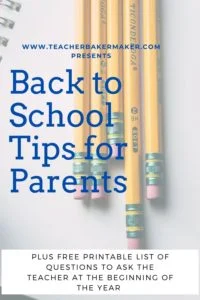

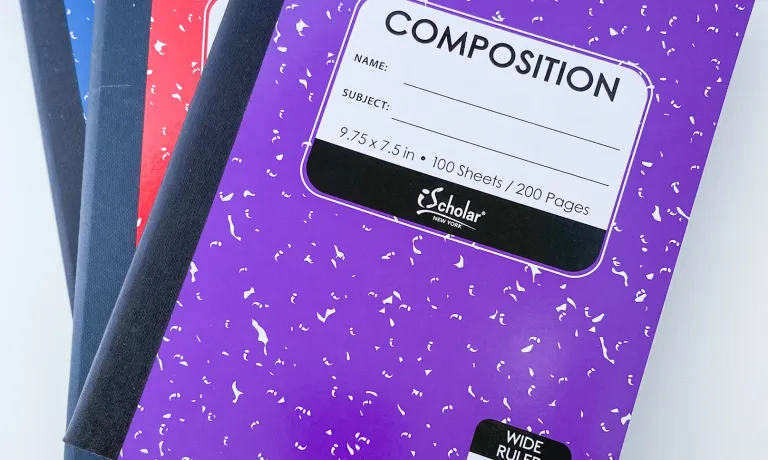
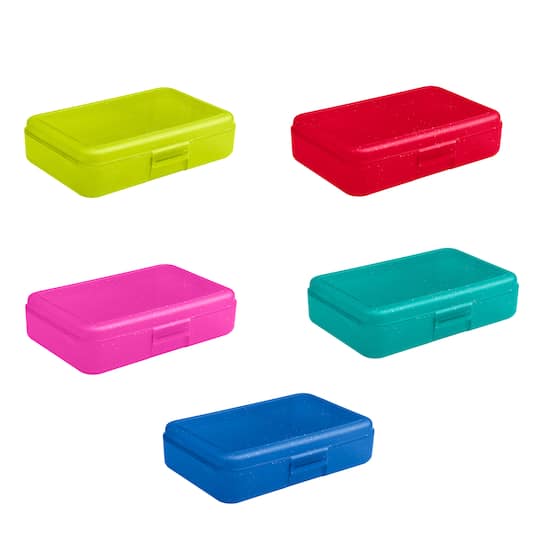

4 Responses
This is SO helpful qjd thorough! Any parent would be lucky to have you as their kid’s teacher!!
Aw, thank you! I truly feel that a child will be more motivated to work when their teacher and parents are working together as a team!
not yet a parent but will definitely share to my brother for his kids 🙂
Thank you for sharing it!